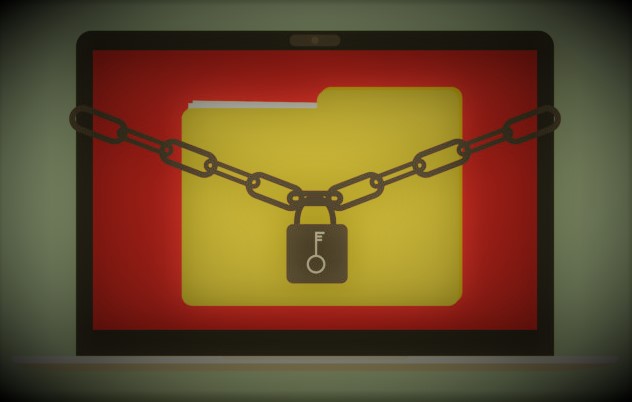Ransomware is a computer malware that cyber-criminals utilize to lock out or deny access to a user’s files or computers, then demand a ransom from him to unblock or grant access back to his files or computer. Not only is ransomware illegal, but it is also extremely dangerous, especially for companies, as they stand to lose highly confidential information and lots of money. Furthermore, the cost to repairs and remove the ransomware will cost a fortune. Henceforth, it is imperative for users to know how to protect their computers from potential ransomware.
- Back up data regularly
The best option against ransomware is for users to back up their data regularly. This is because most ransomware operate by taking control over a user’s file or computer. However, if the user regularly backs up his file, he can recover his data without giving in to the cyber-criminals’ demands and avoid being hassled. Such backup can be done via external hard drive, USB, or on cloud-based platforms.
- Install and Update to the latest security software
It is necessary to install the latest security software onto computers to obtain the optimal protection against ransomware. If users already have an existing security software already, he needs to ensure that the installed security software is updated to the latest version to obtain the highest level of protection.
- Refrain from opening unknown email attachments
One very common way of getting a ransomware is through email attachments as it is easy for cyber-criminals to hide a ransomware within the attachment. As such, when a user opens it, his computer will immediately be infected. Thus, users should not open any unknown email attachments from senders that he does not know or trust. Furthermore, before opening any attachments, users should identify the sender and confirm that the email address is correct. Moreover, users should never open any attachments that require the enabling of macros as if the attachment is infected, it will run the ransomware within the macros, thus exposing the computer.
- Only download from trusted sites
There is a wide range of websites nowadays on the Internet with tons of download links. However, not all are reliable and a good number may even be infected with ransomware to trap the unsuspecting user. Henceforth, to reduce risk, users should never download anything from websites that are unknown or not trusted. If something needs to be downloaded, users should visit verified or trusted sites. These sites will have indicators that they are trustworthy. One indicator is that trusted websites uses “https:” instead of “HTTP”. Another indicator is the presence of a shield or lock symbol in front of the link’s name.
- Use mail server content scanning and filtering
Doing so will greatly reduce the probability of having a spam email that is infected with ransomware from reaching the user’s email inbox, which in turn reduces the probability of the user opening such emails
Ultimately, the ways mentioned above are just some of the many ways out there to guide users on how to protect their computers from ransomware. But for all of these to work, it is paramount for the user to pay heed and follow the ways accordingly. On a final note, in the event where a user gets attacked by a ransomware, DO NOT pay the ransom because firstly, it does not guarantee that the cyber-criminal will give access back to the user. Secondly, even if the cyber-criminal give access back to the user, it will just make the user an easy target for other cyber-criminals.

